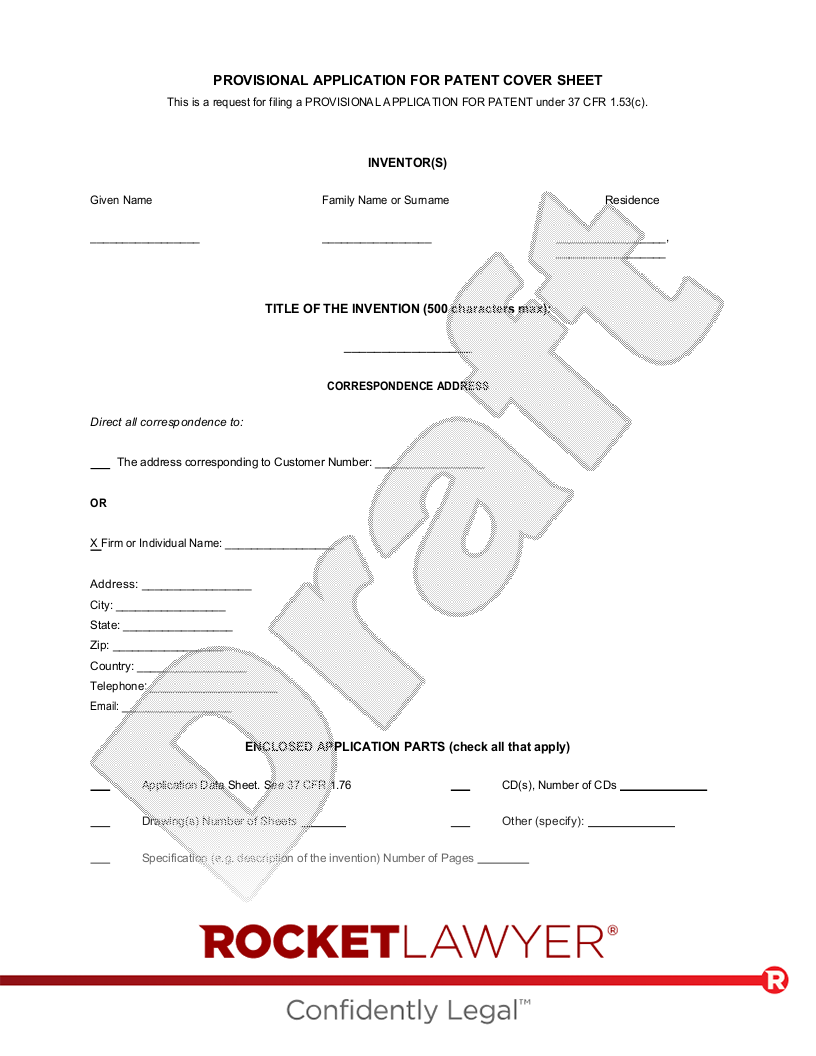Research Patents and Patents Pending
Patents are given to the first inventor who registers the invention; meaning that if you have a great invention but someone has already patented it, you can't patent yours unless it's novel and substantially different. To avoid wasting time and money, you'll need to research the patents and patents pending. Most major cities have libraries that keep hard copies of USPTO patent files. You can also search online through the USPTO Patent Full Text Database. Remember to look for similar patents and not just ones that are exactly like yours.
Decide on the Appropriate Kind of Patent
You can choose between utility patents and industrial design patents. Utility patents are some of the most sought after patents as well as the most expensive, providing protection for utility based inventions or processes for 20 years. Industrial design patents provide protection for 14 years, and they're available for designs and aesthetic aspects of products.
Consider a Provisional Patent Application
It can take months or years to hear back on your patent's status. If you want to sell your invention or if you're concerned that someone else might try to patent it before you, you can consider applying for a Provisional Patent. Provisional Patents serve as a marker. The filing date of your Provisional Patent counts as the registration date for your patent so long as you complete the actual patent before twelve months and it's accepted. In addition to being significantly less expensive, Provisional Patents provide the same protections for those 12 months and it's easier to complete the application.
Apply with the USPTO
Once you decide on the appropriate patent, you'll need to start the application. These applications can be downloaded from the USPTO. You'll need to be as specific as you can when it asks you to describe your invention. You don't actually have to have a prototype. But you must have sufficient information to show that your idea is more than just theoretical. Regardless of whether you have an idea or an actual invention, you should show its specific uses or design as well as what makes it novel and sets it apart from the other patents. You don't have to necessarily compare it to other patents that have been granted, although if you feel that it would help, you can.
Once you finish the application, double check all of the information. Consider having someone else look over it to make sure that it's complete. Then submit it to the USPTO with the necessary payments. You may not hear anything back until they have decided whether to grant or deny the patent.
Please note: This page offers general legal information, not but not legal advice tailored for your specific legal situation. Rocket Lawyer Incorporated isn't a law firm or a substitute for one. For further information on this topic, you can Ask a Legal Pro.
